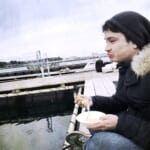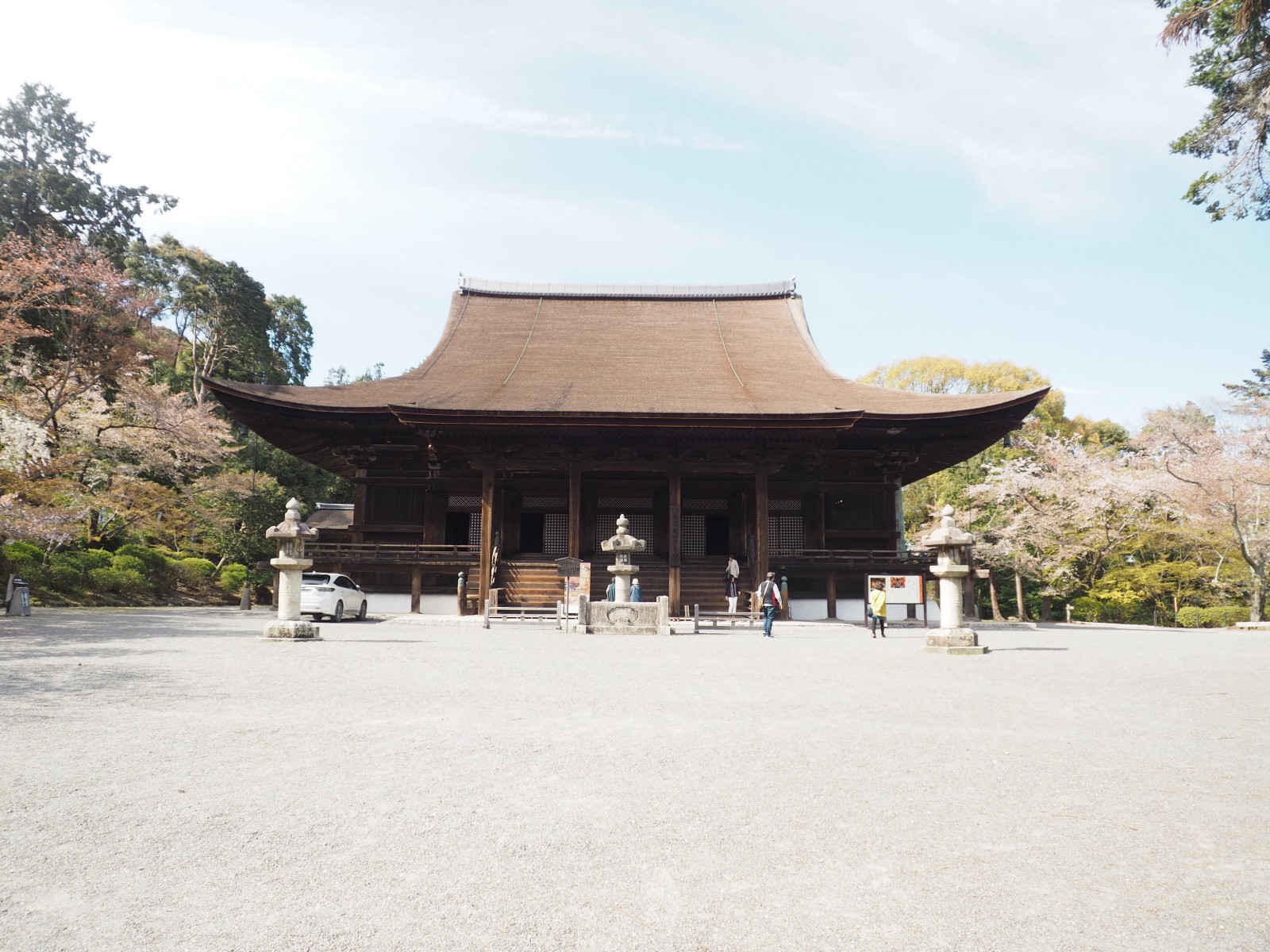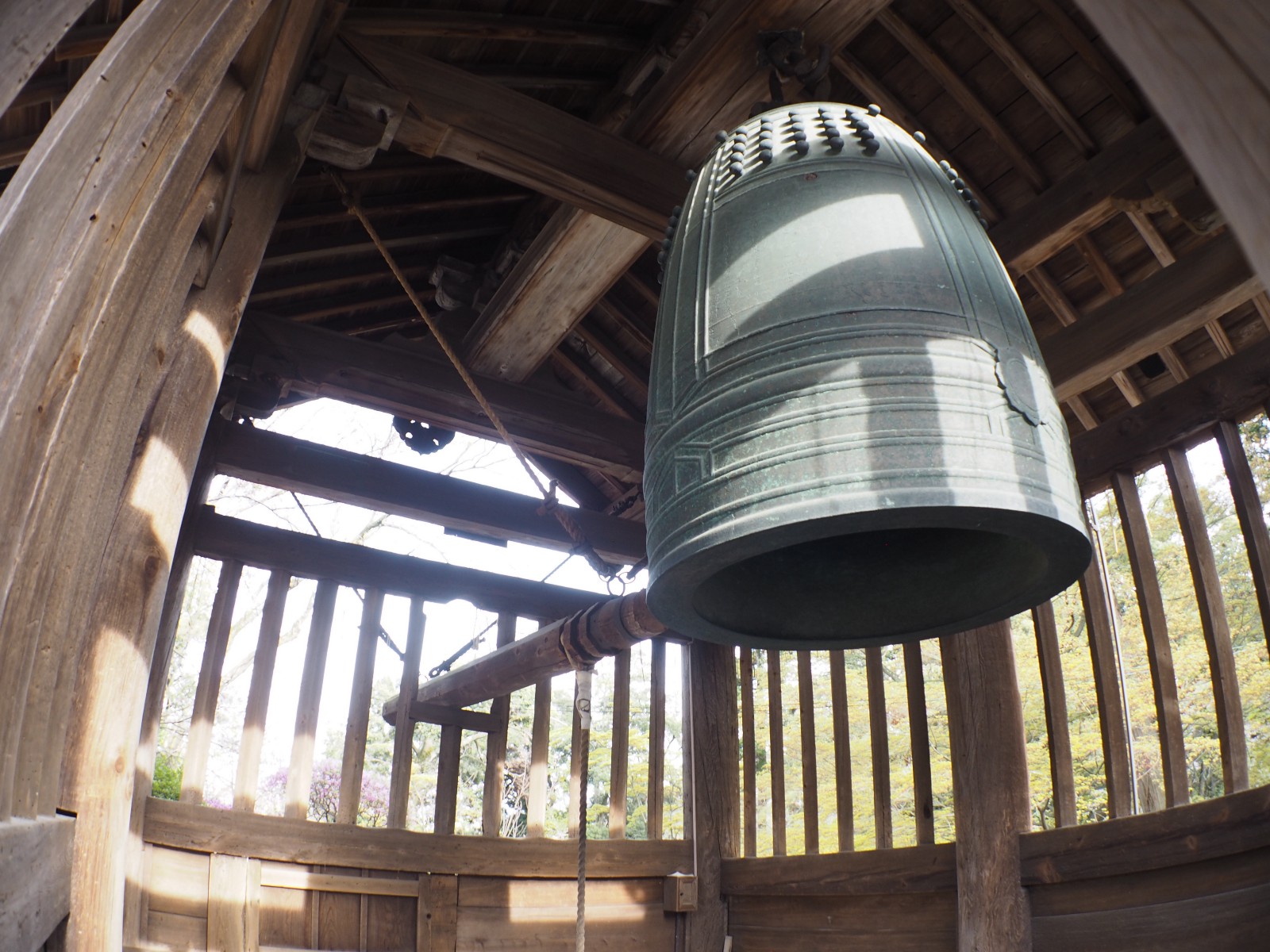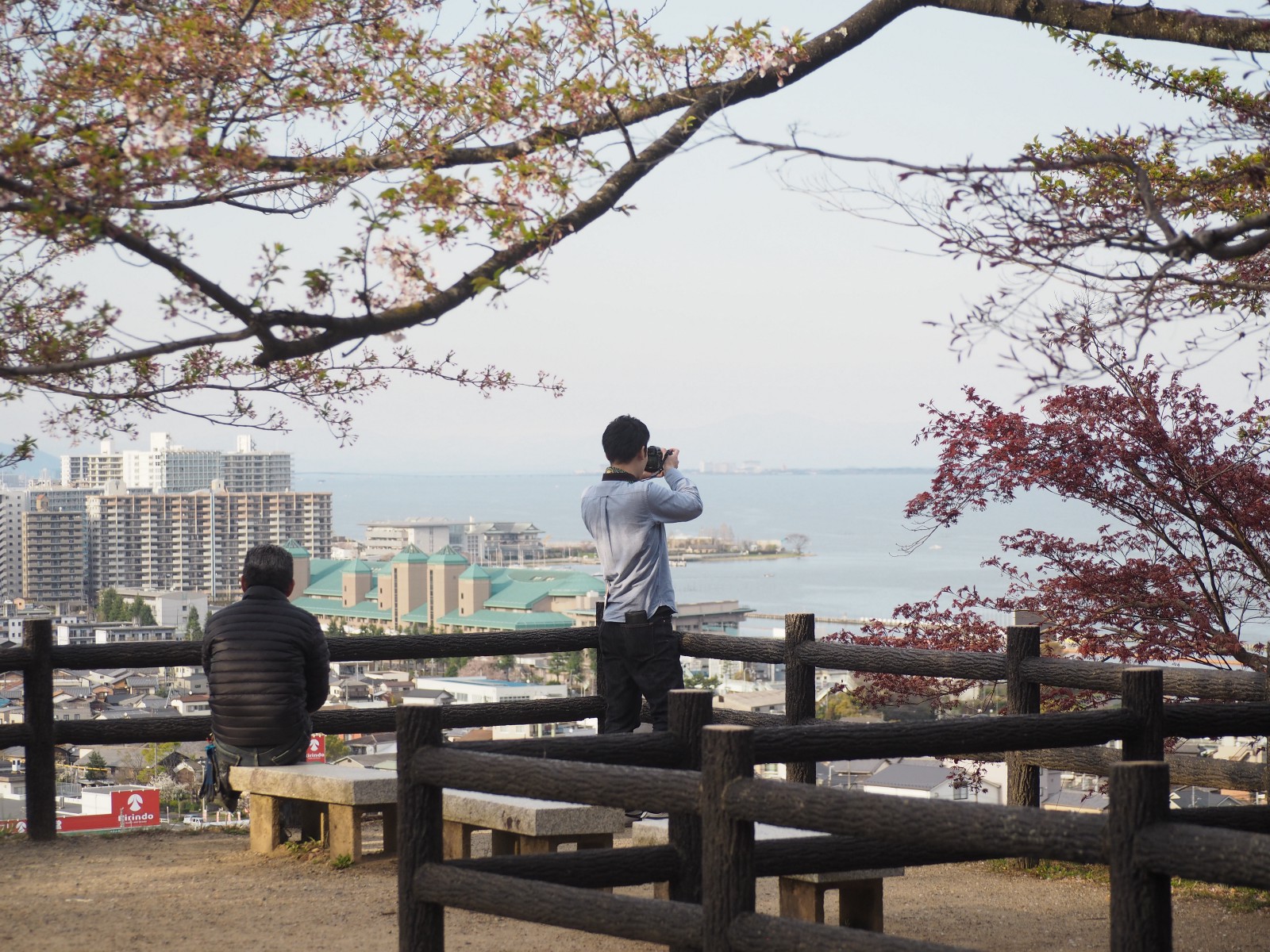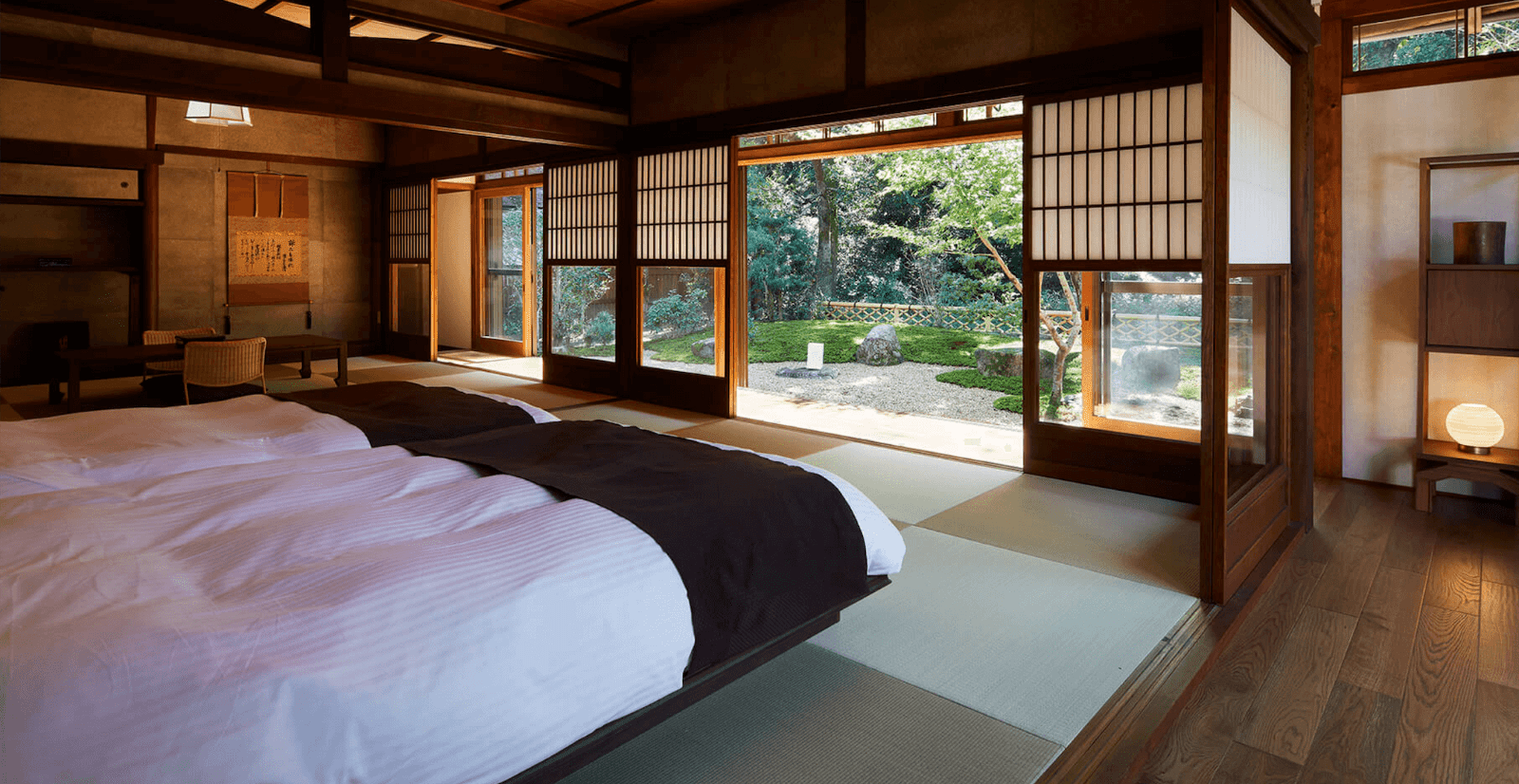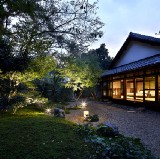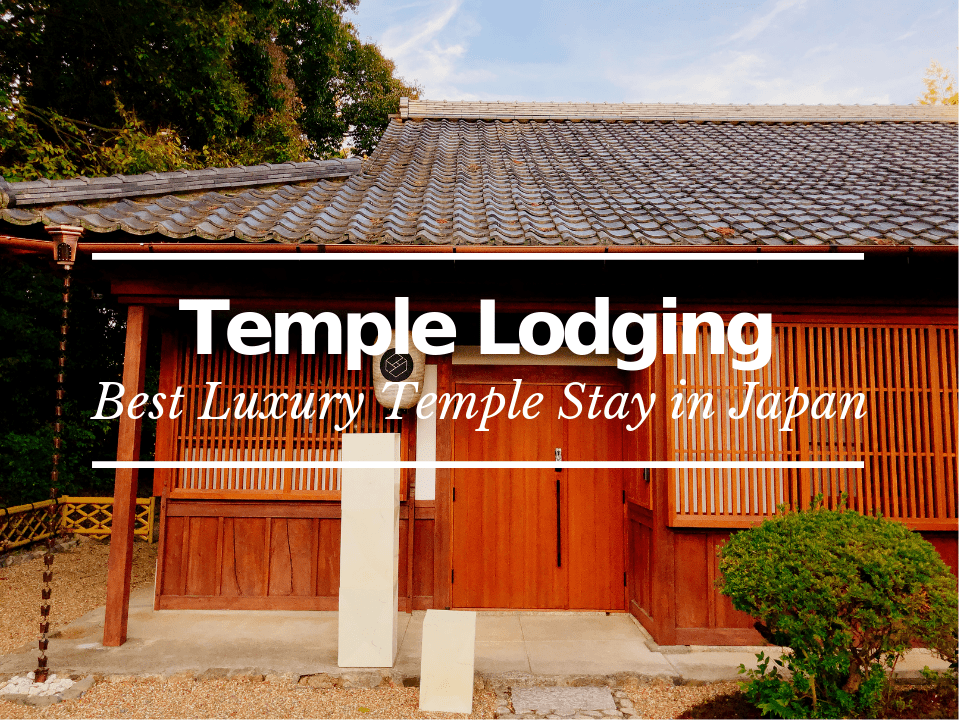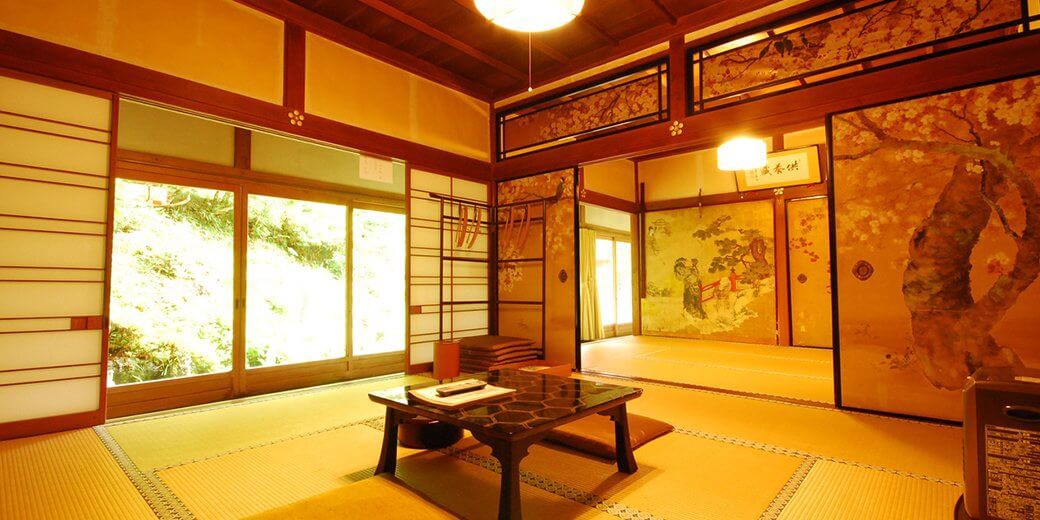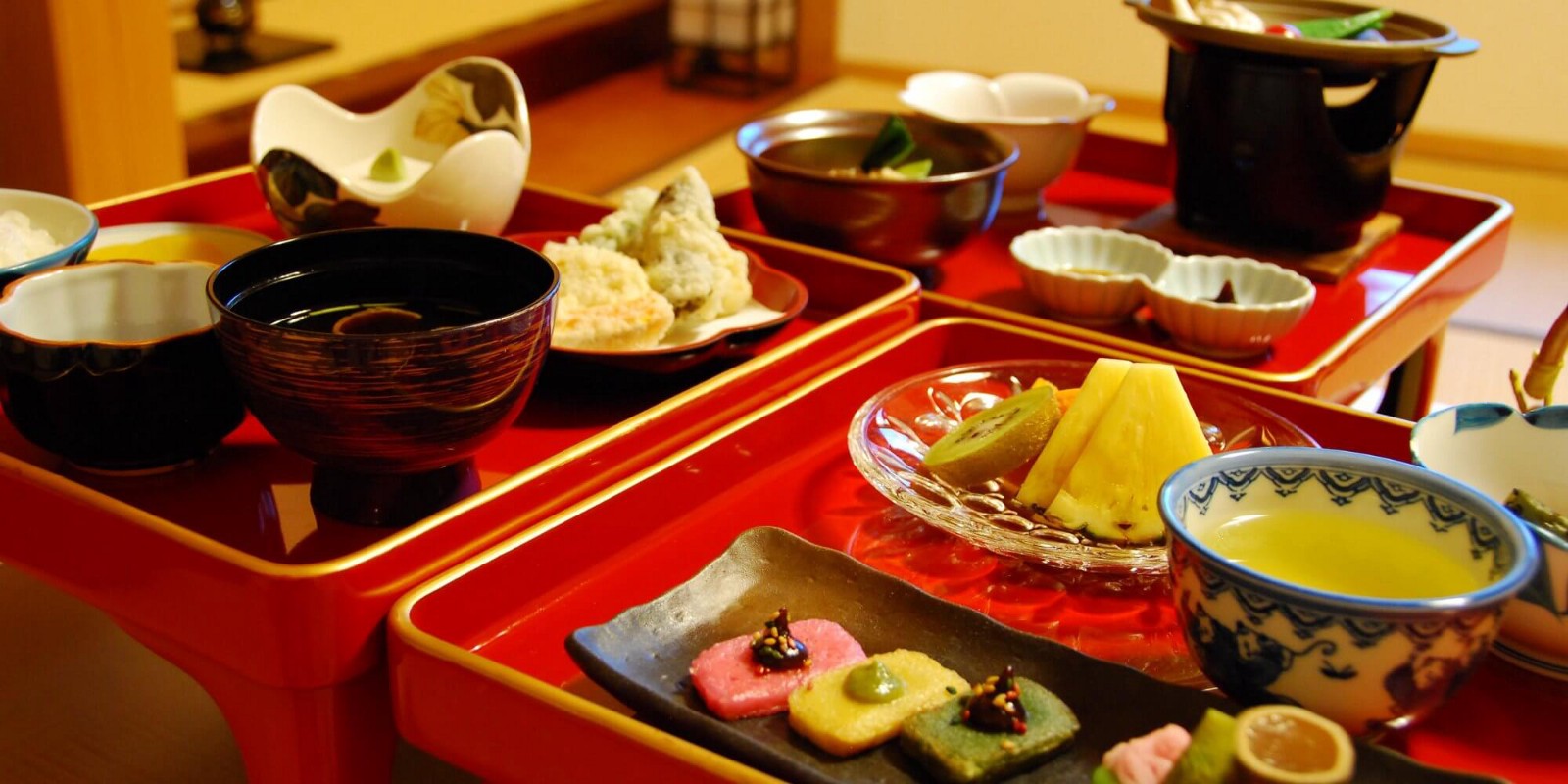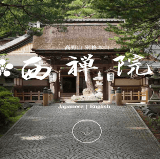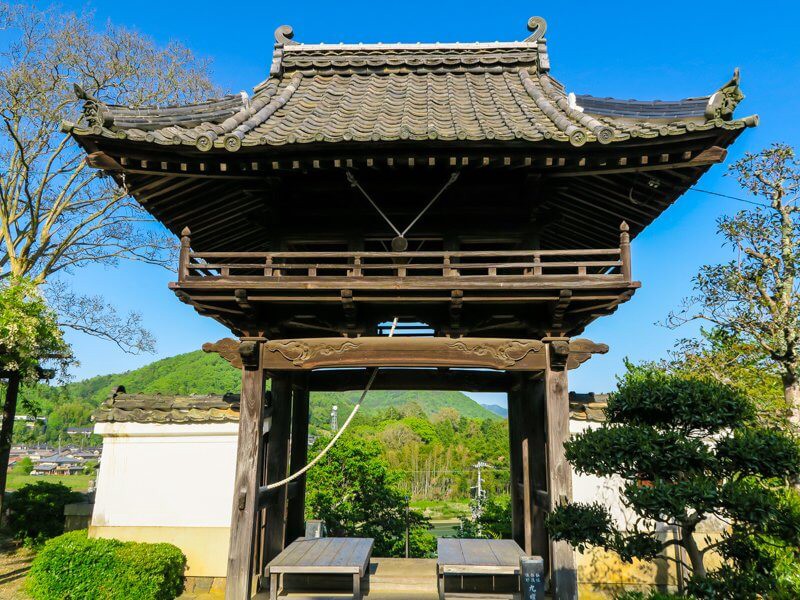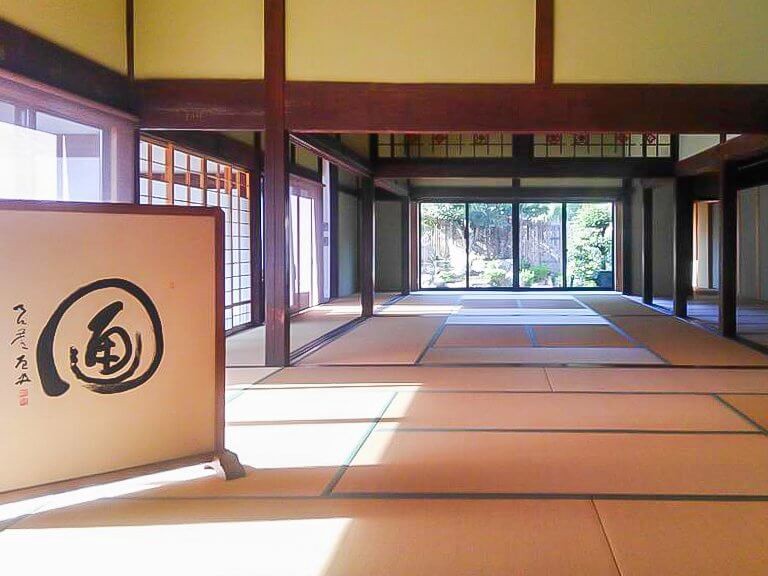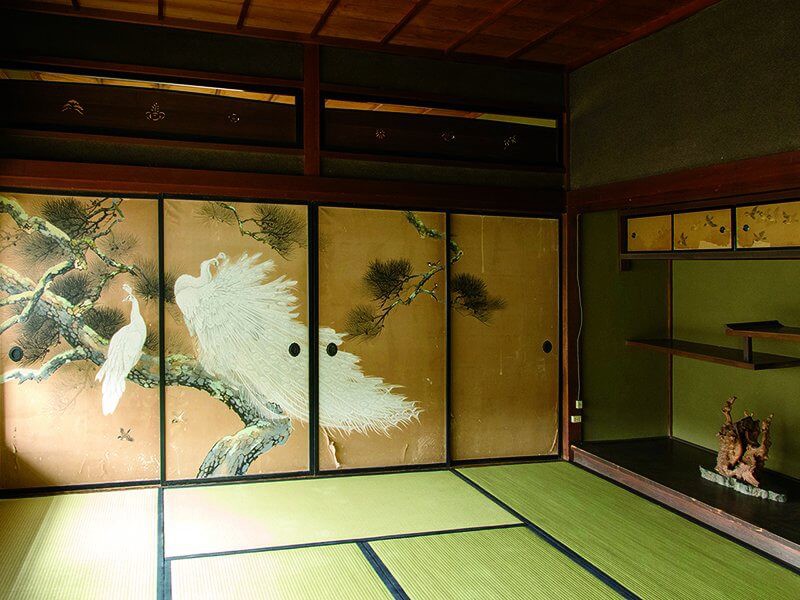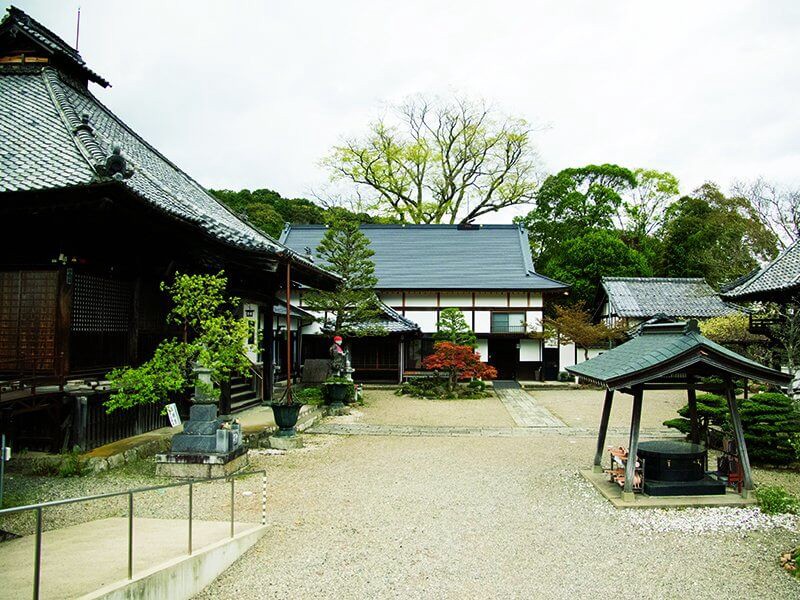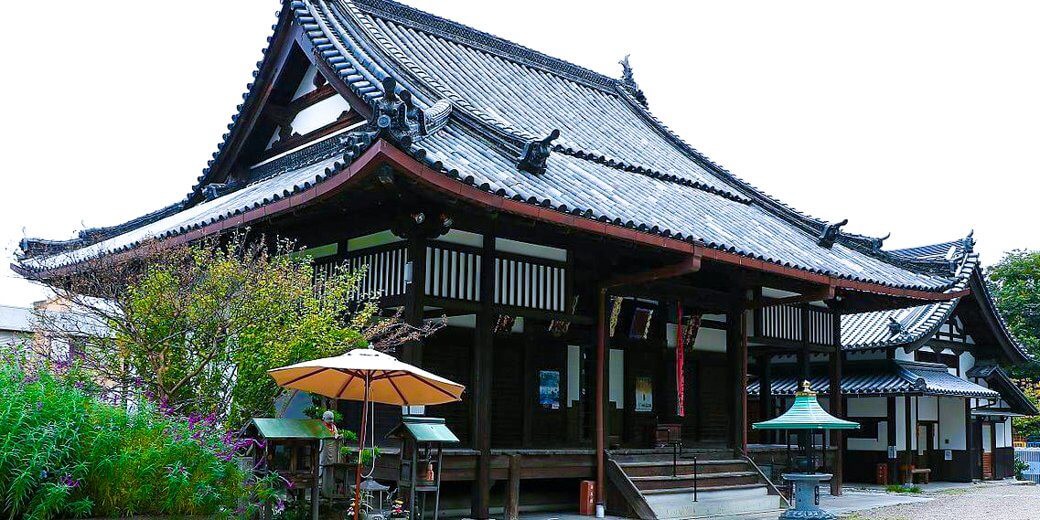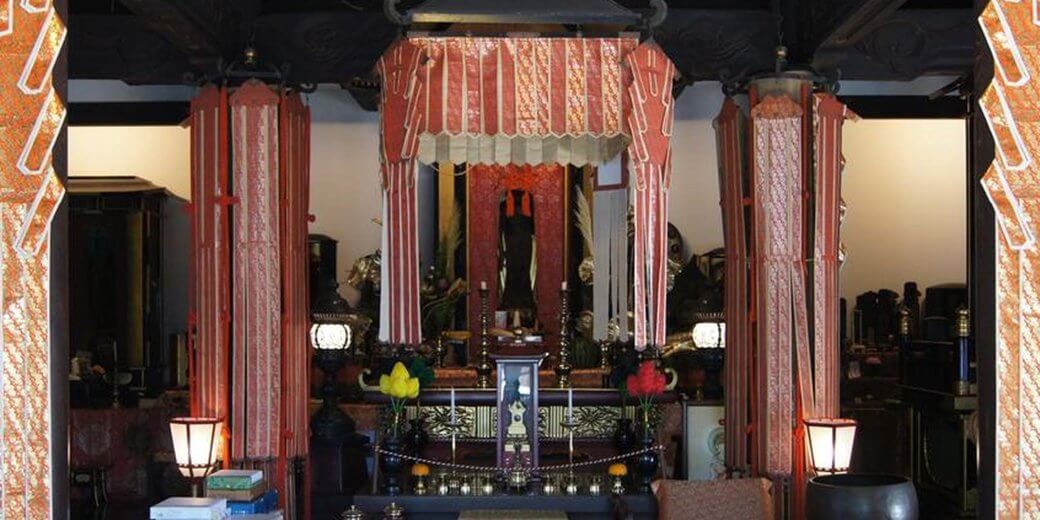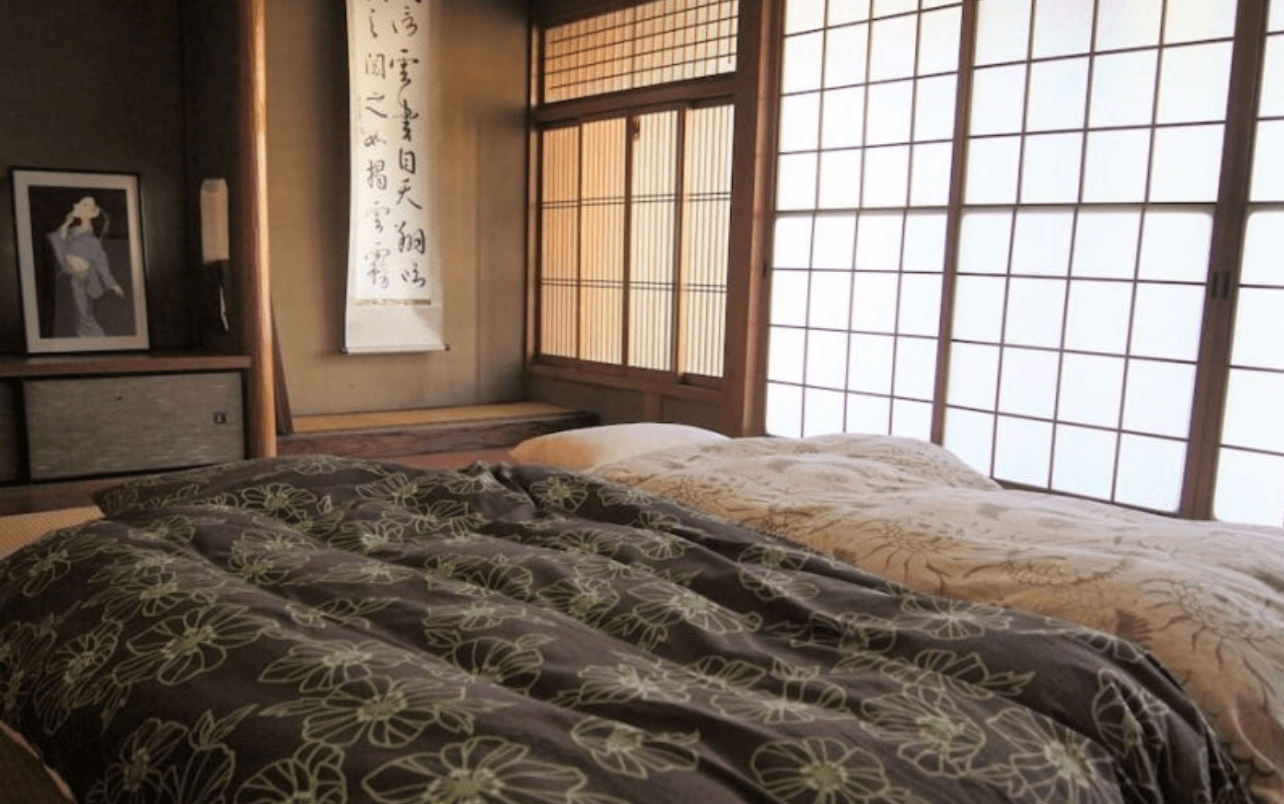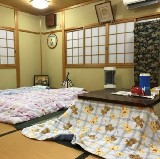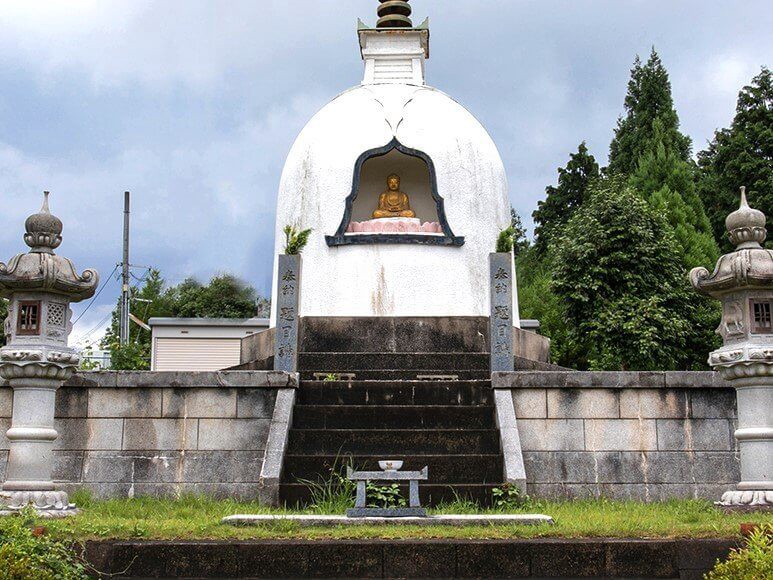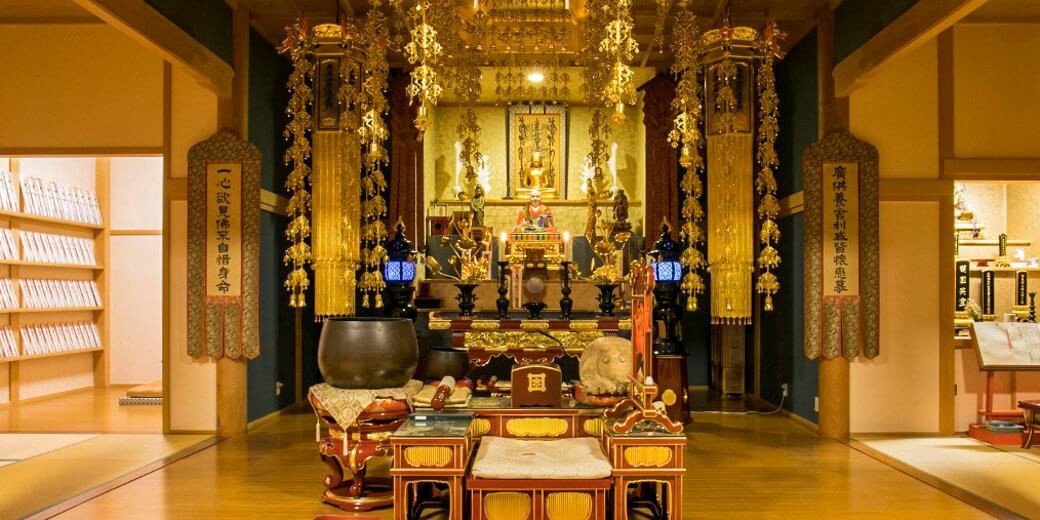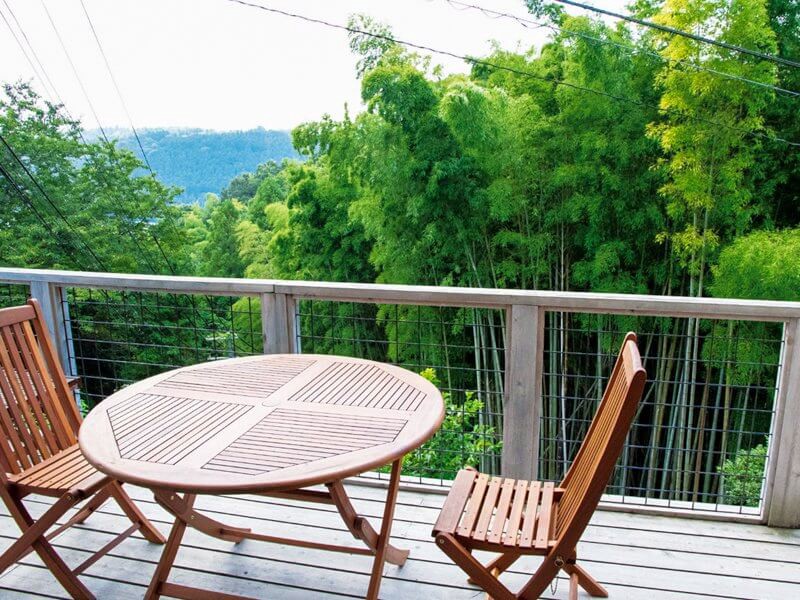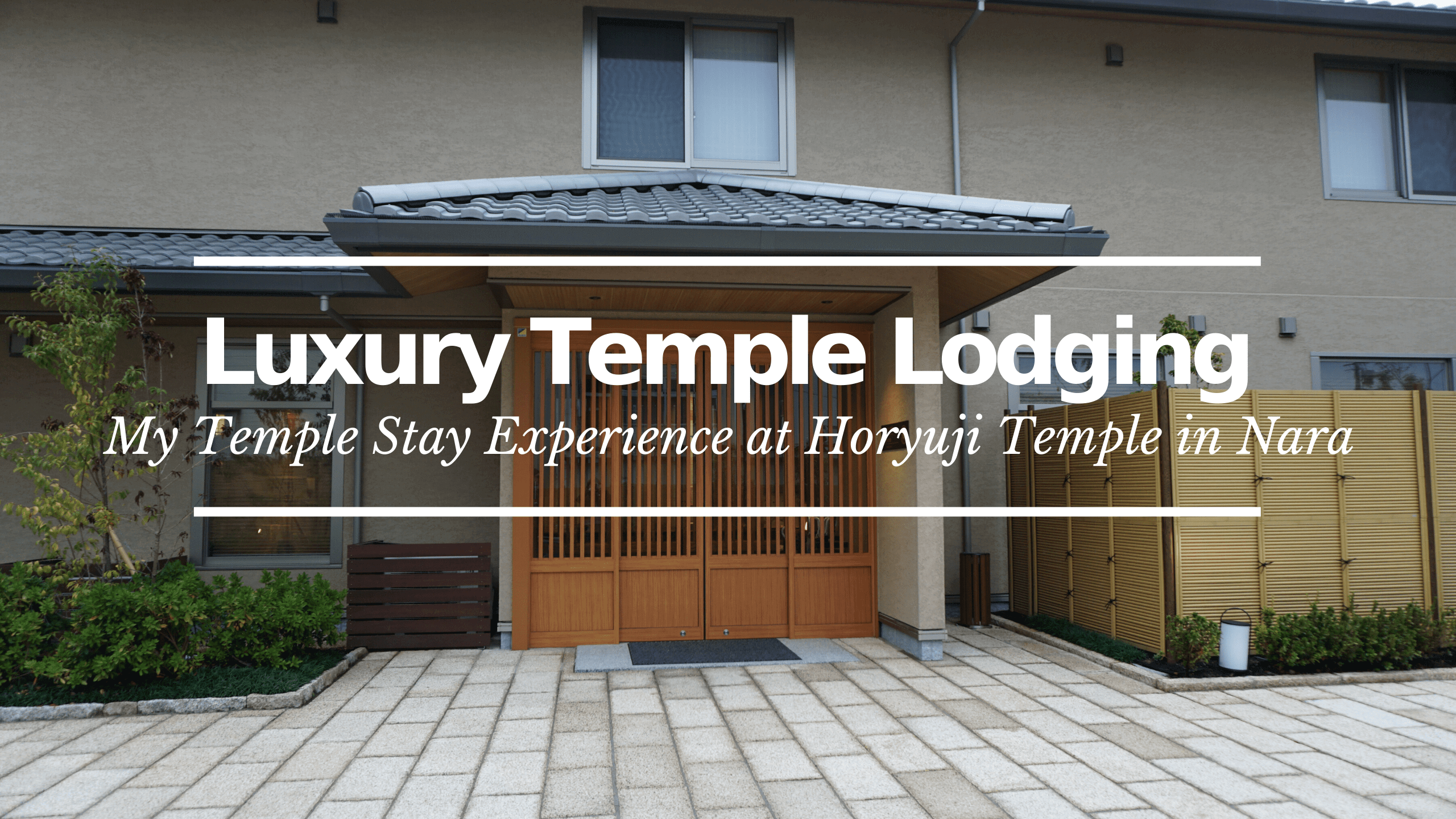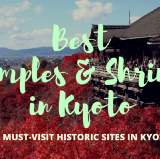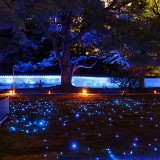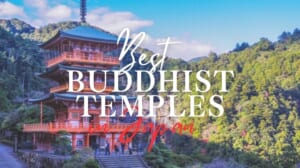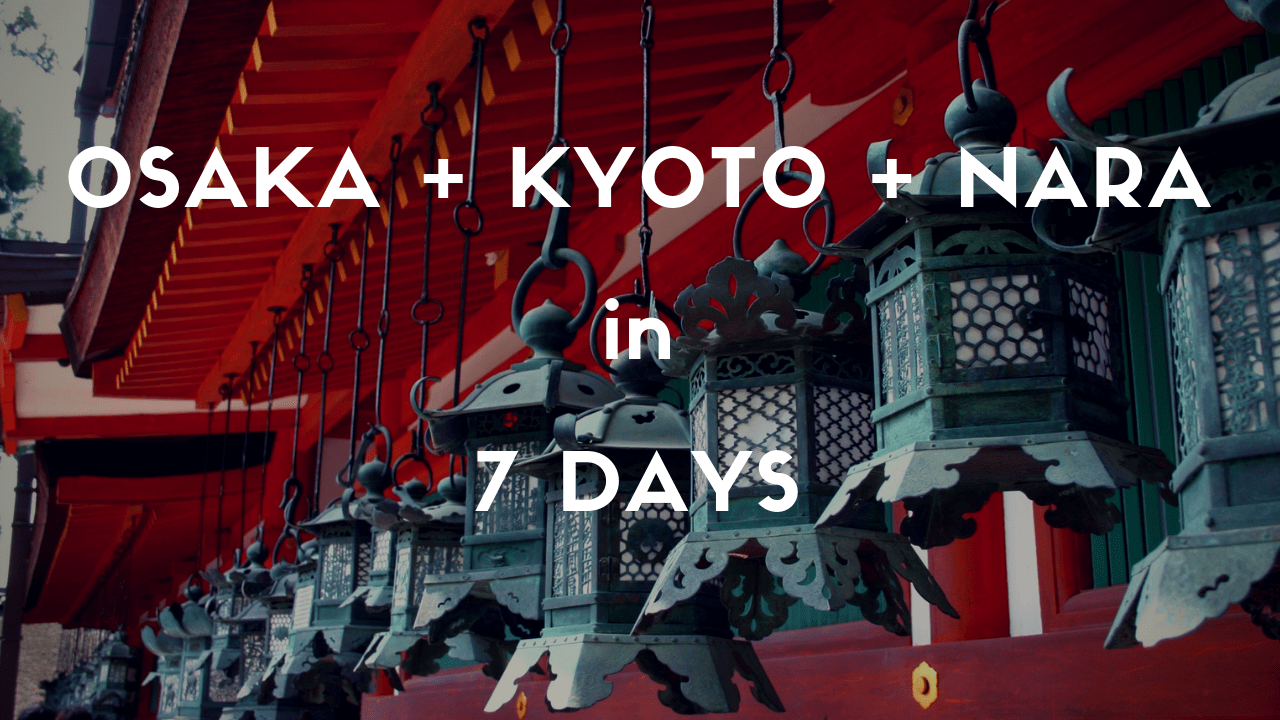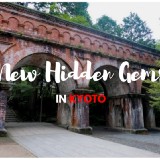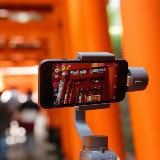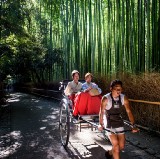Temple Lodging: 5 Best Temples to Stay near Kyoto
Best temples to stay overnight to experience Japanese Buddhism near Kyoto
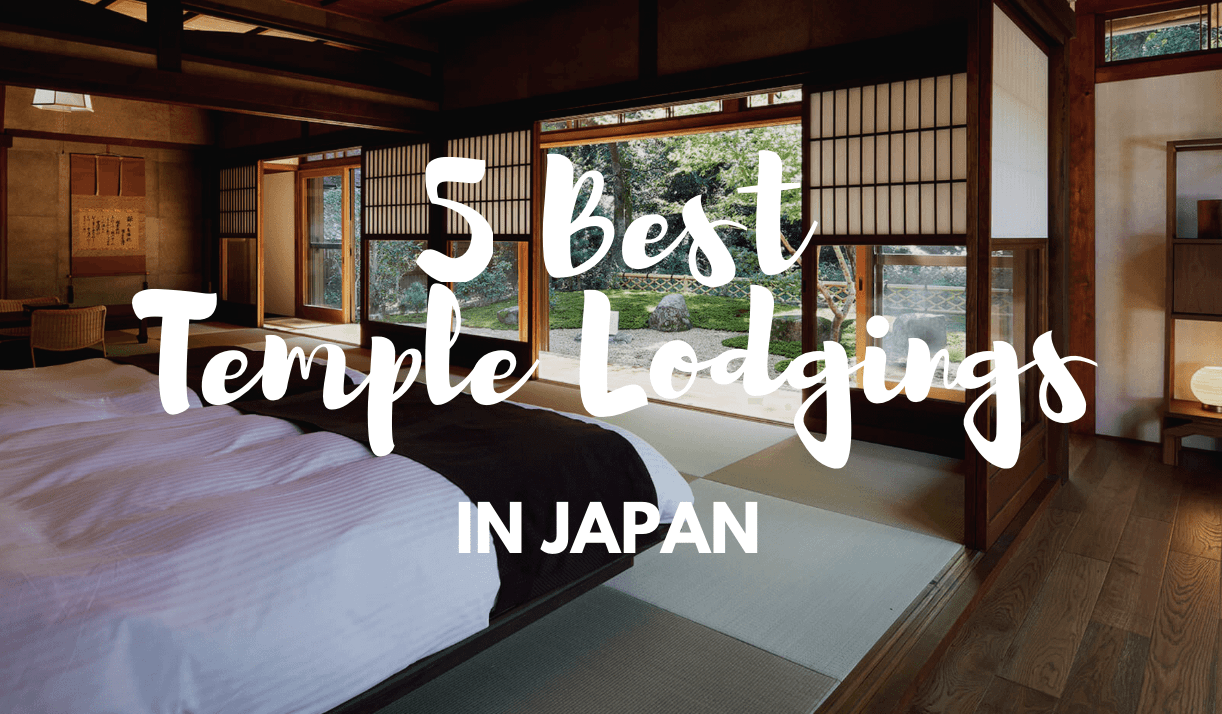
We will introduce you to 5 best temples you can stay overnight near the Kyoto area. You will be surprised how different these temple lodgings can be from one another. Hopefully, you will find one that will satisfy your hopes when visiting the Kyoto area.
*Please note that this article contains affiliate links.
Temple lodging, or as they call it in Japan “Shukubo”, is an overnight accommodation provided by Buddhist temples. Long ago, they used to be only for the use of Buddhist monks or pilgrims. But ever since the Edo-period, many of these temples have let non-practitioner visitors stay in these accommodations.
Its popularity is due to the fact that you can get to experience firsthand the Japanese Buddhist traditions while being in the actual Buddhist environment. Most of these temples are located in elevated areas in the mountains, so it is a good way to enjoy nature and its scenery while resting from the vibrant and energetic atmosphere of the city.
Some of the perks of temple lodging include;
-Trying “Shojin Ryori”, which is a traditional vegetarian meal for Buddhist monks.
-Learning how to do Zen meditation.
-Copying Sutras by hand.
-Visit areas of the temple where regular visitors can’t get to see.
These perks may differ depending on the sect (or school) of Buddhism, which is one of the reasons many people like to experience more than one temple lodging when they come to Japan.
In recent years, temple lodging has gained even more popularity due to foreign visitor’s growing interest, and many of these temples have started to make efforts to differentiate themselves to attract more visitors.
Here, we will introduce you to 5 best temples to stay near the Kyoto area. You will be surprised how different these temple lodgings can be from one another. Hopefully, you will find one that will satisfy your hopes when visiting the Kyoto area.
1. Miidera Temple (Shiga)
Located on Mt. Nagara in Otsu City, Shiga Prefecture, Miidera Temple (三井寺) is the head temple for Tendaijimon Buddhism. Its origins go back to as far as 1,300 years. Known as the “Temple of the Phoenix” because it has been destroyed on many occasions due to war but being rebuilt by the community every single time.
The temple is located in an area that is considered one of the most spiritually charged spots of the country. Famously known for having the “Mii no Bansho”, which is a Bell known to produce the most beautiful sound in all of Japan.
This temple is really a hidden gem, not very known to foreign visitors. Because of this, it is not so crowded and the nice scenery from the top point of the temple is just stunning. The view of the largest lake in Japan “Biwako” aside from the town of Otsu. Combine this with the 1,500 Sakura trees that are planted all around the premises of the temple to make springtime visiting a breathtaking experience.
The temple lodging facility in Miidera is called “Myogon-in”, and it is a high-end, luxury-type temple lodge. Prices go from ¥150,000/person.
It only accepts 1 group per night (2 to 4 people), which means the entire lodge is all for you. The lodge has 2 tatami-floored double bedrooms, a tatami-floored living room, study room, dining room, Buddhist altar room, kitchen, 2 toilets, and a spacious bathroom with private Japanese-style bathtub for a total of 176 m². Add to this the private Japanese-style garden with a koi fish pond, and you have yourself the ultimate luxurious Japanese-style setting.
Services include a detail explanation of the history of the temple as well as pick up from the Kansai airport if necessary. You will receive a private cell phone for 24-hour assistance as well as all the amenities you can imagine a 5-star hotel would offer.
First class quality “Shojin Ryori” dinner prepared right in front of you is optional.
The activities include; Morning Buddhist rituals, Copying of sutras, Zazen lesson, and Yamabushi experience. When walking around the temple premises, you are allowed to enter areas that are usually closed to the common visitors
▽Book your temple lodging at Miidera Temple now!!▽
▽Review of the temple lodging at Miidera Temple▽
Map: https://goo.gl/maps/QvwCAt1HatwhTmsz8
Access:
10-minute walk from Miidera Station (Keihan Ishiyama-Sakamoto Line)
12-minute walk from Bessho Station (Keihan Ishiyama-Sakamoto Line)
2. Koyasan Saizen-in Temple (Wakayama)
Saizen-in Temple (西禅院) is a temple following the Koyasan Shingon Buddhism school, located on Mount Koya (Koyasan) in Wakayama Prefecture.
Mount Koya is a registered UNESCO World Heritage site. It is also a sacred site for Buddhism, being the starting point of the Esoteric Shingon or “mantra” school of Buddhism which started 1,200 years ago.
The temple is located in a flat area on the mountain at an altitude of 900m, surrounded by even taller mountains, creating a shape similar to that of a lotus leaf.
There are over 100 temples around this mountain, and over 50 of these offer temple lodging to non-practitioner visitors, making it one of the more popular areas for temple lodging. And the temple lodging in Saizen-in Temple is one of the most popular amongst these.
Prices are much more affordable in comparison with the first place, being ¥13,500 per person (2 meals included). Healthy “Shojin Ryori” for dinner and breakfast.
The lodge has 15 rooms with a traditional quiet aesthetic that blends perfectly with each of the season’s unique atmosphere. There are various types of rooms; from the standard room for 2 people to the deluxe room for 6 people. Bathrooms and toilets are shared, with exception to the deluxe room which has its own bathroom and toilet.
Activities include;
-Walking around Mount Koya.
-Walking around the lit-up temples at night.
-Morning Buddhist rituals.
-Visiting the Japanese-style garden created by Mirei Shigemori (renowned modern Japanese landscape architect).
The main characteristics of this temple lodging are that it’s located in a nice area where there are various sightseeing spots and is popular amongst solo travelers.
Within the premises of the temple is the Japanese-style garden created by Mirei Shigemori, which is a Registered national monument, and Fusuma art created by Kikuta Ishu, a famous artist from the Edo-period.
▽Book your temple lodging at Saizen-in Temple now!!▽
Map: https://goo.gl/maps/vp4zCMup3B4craFJ6
Access:
17 minutes From Koyasan Station (Nankai Electric Railway Koyasan Cable); 15-minute bus ride to Daitoguchi Bus stop (Nankai-Rinkai Bus), followed by a 2-minute walk.
About ¥2,000 by taxi from Koyasan station (Nankai Electric Railway Koyasan Cable).
3. Shorekiji Temple (Kyoto)
Located on Nachisan, Kyoto Prefecture, Shorekiji Temple (正暦寺) is a temple following the Koyasan Shingon Buddhism school.
An old temple that has a history of over 1,000 years, surrounded by the beautiful mountains just beside the town of Ayabe in Kyoto. It is a relatively unknown temple to foreign visitors, which makes the visit a quiet and pleasant one. A thing that is not very common in Kyoto.
The temple has in its perimeters a “Karesansui”, or Zen garden, which was created in the Edo-period. This garden has been kept in shape for all these years ever since, becoming one of the important attractions of the temple.
The temple lodging building is over 100 years old. Even though it is an old lodge, it has been renovated, so the bathrooms and toilets are perfectly functional.
Prices go from ¥20,000/ person (2 meals included) and It only accepts 1 group per night (1 to 4 people). Perfect to stay with your family or friends and enjoy the peace and quiet of the mountains.
The lodge is spacious (100m² of space) with several tatami-floored rooms. It has a balcony with a stunning view of the river and mountains.
You can experience Buddhist activities such as Zazen and copying of Sutras, but also enjoy nature by fishing or canoeing at the Yuragawa river or rent a bike and enjoy cycling. You can also rent a BBQ set that you can use from the balcony while enjoying the view.
Another characteristic that makes this place different is that the meals are prepared by the monks themselves. The monks have been training from cooking professionals and are proud of their meals.
And by the way, English speaking staff is available
>>Book your temple lodging at Shorekiji Temple now!!<<
Map: https://goo.gl/maps/HKHXfKNtKa1jx4e77
Access:
30-minute walk from Ayabe Station (JR Sanin Main Line)
About ¥1,100 by taxi from Ayabe Station (JR Sanin Main Line)
4. Hotoji Temple (Nara)
Located on Shippozan, Nara Prefecture, Hotoji Temple (宝塔寺) is a temple following the Nichiren Buddhism school.
The temple is surrounded by breathtaking views of vast mountains. At the south, you have mt. Yoshino and mt. Omine. Whilst on the west, you have mt. Kongo and mt. Katsuragi. This is probably the temple located most remote on this list. It is not too far into the mountains, but you will certainly feel the most peace and quietness out of the temples in this list.
Also, this is the most modest and simplistic temple lodging of this list. If you’re looking for the most basic of Japanese Buddhist experiences, this might be your place.
Prices go from ¥4,950 per person for the western-type room (breakfast included) and ¥6,050 per person for the Japanese-type room (breakfast included). The breakfast includes toasts with coffee. Optional dinner is prepared with vegetables from the local farms.
You can go alone and stay in the smallest room, and up to 8 people can stay in the largest room. Bathrooms and toilets are shared.
Being surrounded by vast mountains full of wild trees, obviously, the sight from the rooms will be amazing. In spring, you can enjoy the blooming of the Sakura. And in fall, you can enjoy the colorful autumn leaves.
The closest convenience store is 15 minutes walking (or 7-minute drive) distance.
Activities include; Yoga lessons, copying of Sutras, other Buddhist rituals, and even Flower arrangement classes.
There is a café/flower arrangement classroom called “Les Vagues” within the temple premises where you can have lunch. And you can rent a BBQ set if you request it in advance.
▽Book your temple lodging at Hotoji Temple now!!▽
Map: https://goo.gl/maps/yHoRbrdFBsMRV63w6
Access:
10-minutes by car from Yamato-Kamiichi Station (Kintetsu “Yoshino Line”)
5. Nyoganji Temple (Osaka)
Located on Reihozan, Osaka Prefecture, Nyoganji Temple (如願寺) is a temple following the Shingon Omuro-ha School.
It is said that this temple was initially built by Prince Shotoku over 1,400 years ago, which makes it the oldest temple in this list (although the main building was restored in 1716).
It is also the most accessible of all the temples in this list. It only takes a 10-minute walk to the closest train station, and about 30 minutes by train to Osaka’s main attraction sites (Nanba, Umeda, Osaka Castle, etc.).
The temple lodging in this temple is of a reasonable price, going from ¥4,400 per person. It only accepts 1 group per night (2 to 10 people), which means you rent the entire building. It is a popular temple lodging place to foreign visitors due to its accessible location.
The lodge, called “Subaru-an”, was formerly an old Japanese-style house that was reformed to make it a temple lodging building. The lodge includes 3 Japanese-style rooms and 1 western-style room. The Japanese rooms can transform and become one single large room.
Since the entire lodge is for one group, it is perfect for staying with family or friends. The size of the lodge is of 100㎡, and it includes western-style toilets.
Activities include Morning Buddhist rituals, Sado (Japanese tea ceremony) lesson, and Shodo (Japanese calligraphy) lesson
▽Book your temple lodging at Nyoganji Temple now!!▽
Map: https://goo.gl/maps/Y2w9JrXKba5nV4nPA
Access:
10-minute walk from Kire-Uriwari Station (Osaka Metro Tanimachi Line)
In the following article, we have compiled information on various types of accommodations in Japan, including hotels and traditional Ryokan. With our Japan Accommodation Guide, find the perfect lodging experience for you!
I hope this list can help you get an idea of the different types of temple lodgings.
From very modest and simplistic places to high-end luxury style places. From activity packed schedules to more quiet-spending oriented schedules. Each temple has its own original facilities and services that give it a unique charm.
Temple lodging can be found all around the country. But what makes the Kyoto area special is the rich history behind some of these temples. Not all Buddhist temples will let visitors stay at their facilities, but the number is steadily growing.
In the end, temple lodging is one of many efforts made by the Buddhist temples to keep the Buddhist culture alive. Many people may be intimidated by the unknown, but these establishments offer an easy introduction to an important part of Japanese culture. You don’t need to be a hard-core practitioner to visit a temple. Maybe you want to find a peaceful place to recharge energy, or maybe you just want to experience something new. Whatever the reason, these temples will receive you with open arms.
Be sure to check out other temple lodging spots in Japan from the following articles!
▶Shukubo: 10 Best Temple Stays in Japan
▶5 Best Temple Stays near Tokyo
▶Best Luxury Temple Lodging in Japan
▽Subscribe to our free news magazine!▽
For more info about Japanese traditions, check out the articles below!
▽Related Articles▽
▼Editor’s Picks▼
Written by
Born and raised in Costa Rica, I started living in Tokyo from college. I love traveling within Japan & around the world. Since I wasn’t born in Japan, I know the cultural impact that you can get when visiting Japan for the first time and what you might be worried about before your trip. And I’ve lived long enough to somewhat understand the nuances of the Japanese culture that make this country such an attractive place to visit. Hopefully I can provide to you both the information you’re looking for and the information you didn’t know you needed to know.
